What is a solar tracker?
A solar tracker is a device that aligns the solar energy harvesting devices perpendicularly to the sun. These solar energy harvesting devices can be anything that extracts solar energy, but we will only discuss the solar panels and how solar tracker systems work for them.
How is solar tracking beneficial?
The sun changes its direction during the entire day and the position of the sun at any time of the day can be defined with the help of two angles. These angles are the azimuth angle and angle of elevation. The azimuth angle varies from 0˚-360˚ and it is defined as the angle where the object is present with respect to the north, whereas, the angle of elevation is the angle the object makes with the horizontal (as shown in Fig. 1).
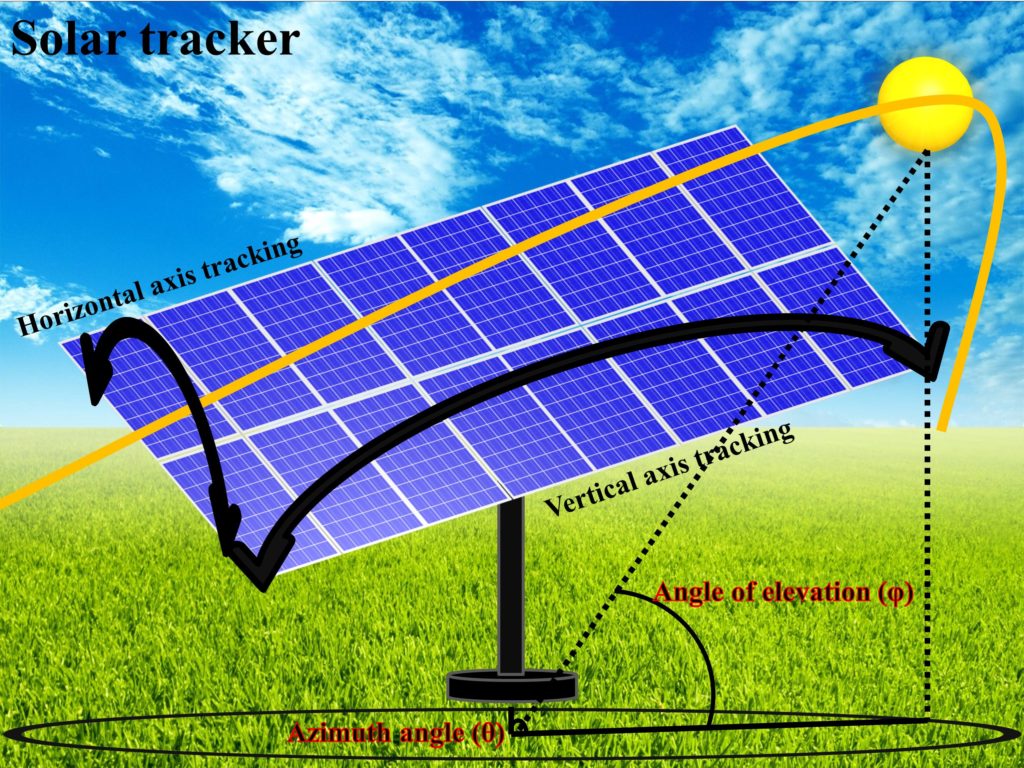
Usually, the panels of a solar (PV) installation are fixed at one angle, which gives a good average efficiency for all seasons, every day and at any time. This fixes solar panel tilt angle is calculated as follows.
Solar fixed tilt angle for summer.
Solar fixed tilt angle for winter.
However, this position is not optimum at any given time of the day and therefore yields lower efficiency of the system when compared to the efficiency that can be drawn by the system. Therefore, in order to have the maximum efficiency and maximum power generation from solar (PV) installation, solar tracking is done.
How solar tracking is done? How does a solar tracker operate?
Generally, solar tracking is performed with the help of light dependent resistors (LDRs), which are present along with the solar panels to check where the maximum solar flux is present as they indicate this point by giving minimum resistance. The rotation of the solar panels is done by motors, typically AC servo motors are utilized which can rotate up to 180˚, that rotate the axis of solar panels installed on solar panel mountings. A depiction of the solar tracking system is given in Fig. 1.
The solar tracking system operates in line with maximum power point tracking (MPPT), where the solar tracking system also checks the point where a maximum power point is occurring during the entire rotation and sets the orientation of panels corresponding to the maximum power point with respect to rotation. Therefore, in some cases, the use of LDRs can even be avoided, but then the system would rely only on the MPPT algorithm.
Components of solar tracking systems
Solar (PV) installation
Solar (PV) installation constitutes everything that a solar (PV) installation requires such as solar panels, charge controller, batteries, inverter, etc as discussed in “Components of solar PV system“. However, the next things mentioned here will be different than regular PV installations.
Mounting system
The mounting system of solar installation that incorporates a solar tracker will be different as it will be built with consideration of rotation of solar panel arrays. Usually these mountings have a higher altitude than mountings of fixed solar panels.
Motors
Motors are used to rotate the solar panels and align them to the point that receives maximum solar radiation. Motors are an integral part of solar tracking systems. The power needed for rotation from motors is also supplied by the solar installation, therefore, no power is required from additional energy sources.
Light dependent resistors
The light dependent resistors (LDRs) have lower resistance with more exposure to the sunlight. They serve as a way of detecting the angle at which maximum solar radiation is available, but if MPPT is working properly in a PV installation, their use can also be avoided.
Single-axis and dual-axis solar tracking systems
There are two axes at which a solar array can be rotated and they are horizontal and vertical axes. When the solar panel arrays are rotated in only a single axis, the corresponding tracking systems are known as single-axis solar tracking systems as given in Fig. 2.
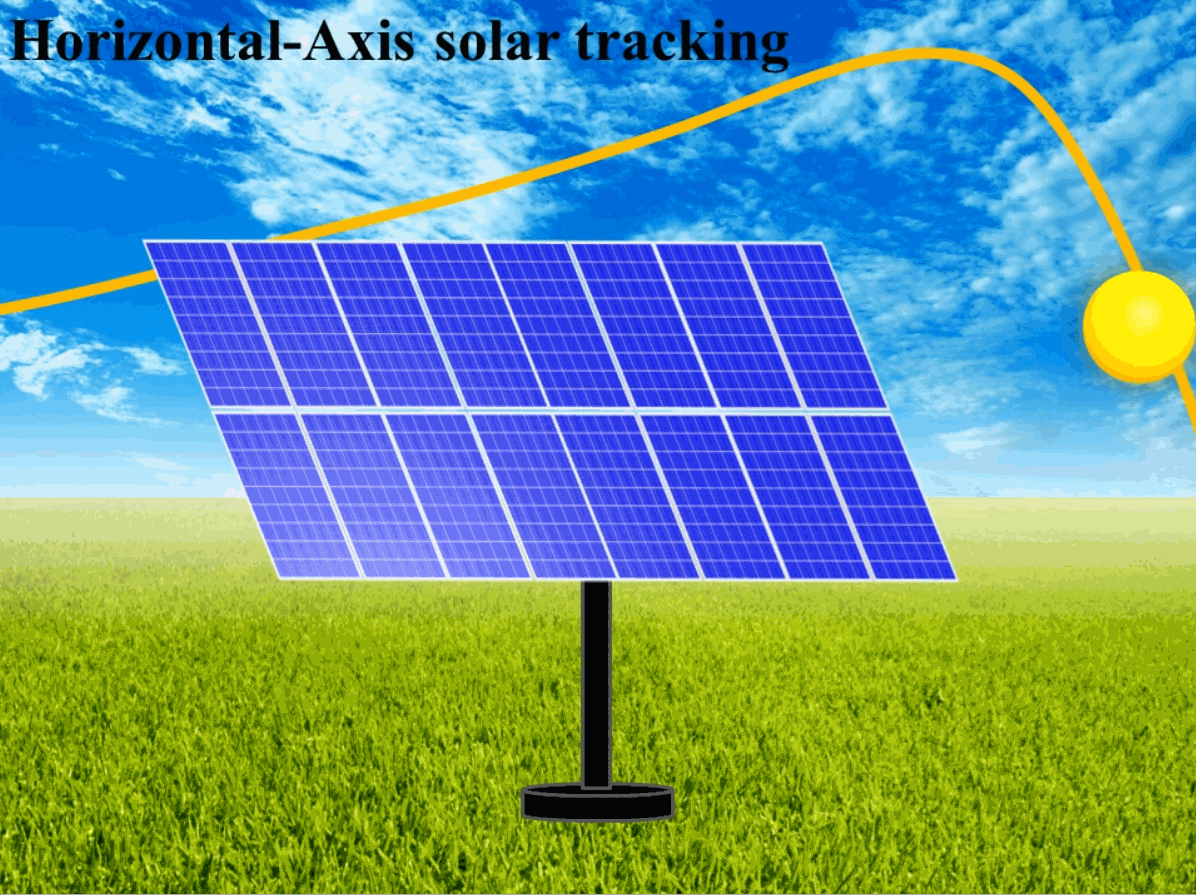
Horizontal-axis solar tracking system
In a horizontal single-axis solar tracking system, the solar panel arrays are rotated horizontally and therefore these types of solar (PV) installations are usually present along the path of the sun. The panels rotate as the sun moves over them, with panels lying horizontally at noon. They need lower altitudes in comparison to their counterpart of the vertical-axis tracking system. The minimum altitude of the axis (H) required for such a PV installation is given below in terms of the length of one panel (L). If there are more rows of panels in the array, as shown in Fig. 2 having 2 rows of 8 columns of panels each in the array, the minimum altitude will be multiplied by the number of rows (R).
Vertical-axis solar tracking system
In a vertical single-axis solar tracking system, the solar panel arrays are rotated vertically. The axis of panels rotates as the sun moves over them, with panels lying horizontally at noon. Since these tracking systems rotate vertically, they need a higher altitude in comparison to horizontal-axis tracking systems. The minimum altitude of the axis (H) required for such a system is given below in terms of the width of one panel (W). If there are more columns of panels in the array, as shown in Fig. 2 having 2 rows of 8 columns of panels each in the array, the minimum altitude will be multiplied by the number of columns (C).
Dual-axis solar tracking system
In dual-axis tracking, the sun is tracked in both horizontal and vertical axes as shown in Fig. 3. The single-axis tracking can increase the power generation/ efficiency of fixed axis solar (PV) installation by up to 20% whereas the dual-axis tracking can increase the efficiency of the installation by 30%. Since dual-axis tracking tracks the sun in both axes, its minimum required altitude is the sum of previous altitudes of single-axis trackers and is given below.
Further readings
If you liked this post, you might be interested in reading the following topics.

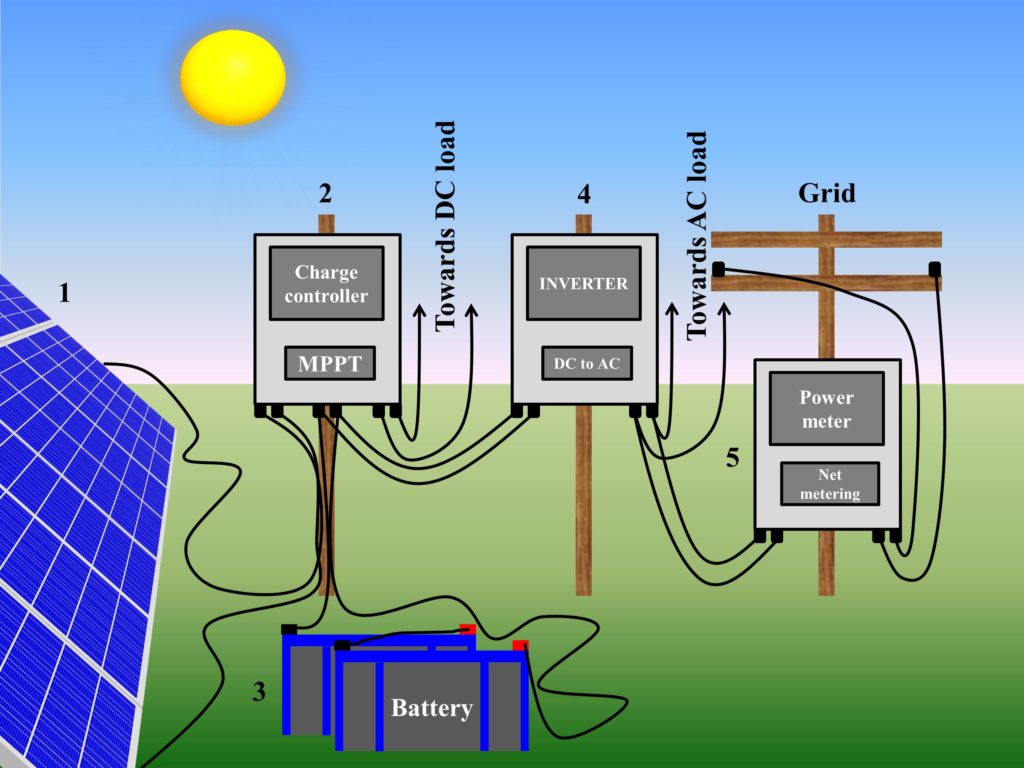
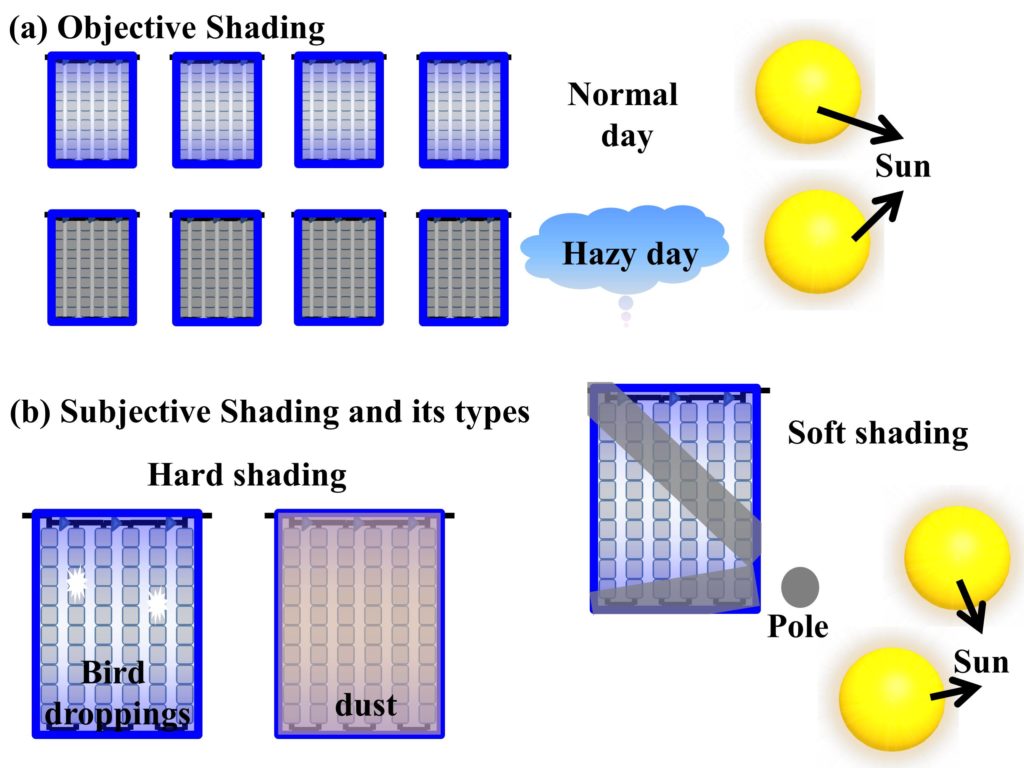

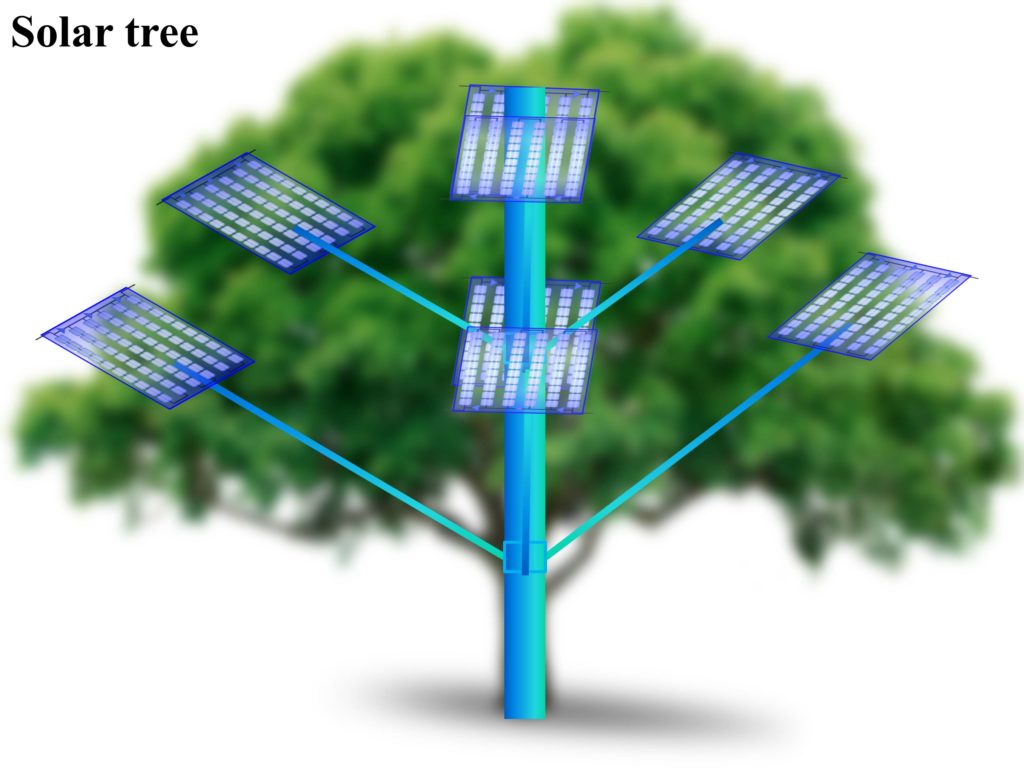
I blog often and I truly thank you for your content. This great article has truly peaked my interest. I’m going to book mark your website and keep checking for new details about once a week. I subscribed to your RSS feed as well.
Excellent read, I just passed this onto a friend who was doing a little research on that. And he actually bought me lunch since I found it for him smile So let me rephrase that: Thanks for lunch!
I feel this is among the so much vital info for me. And i’m glad studying your article. But should remark on few general things, The web site style is great, the articles is truly excellent : D. Excellent activity, cheers